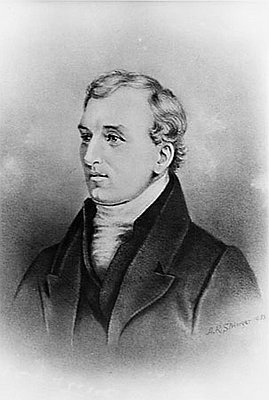The Scottish botanist David Douglas described the sugar pine (Pinus lambertiana) as the “most princely of the genus.” Sugar pines are the tallest pines in the world, often growing to heights of 200 feet or more. Preferring moist sites with plenty of sun, they can be found from the mountains of central Oregon to Baja California. Like other white pines, sugar pine has soft, straight-grained wood that is highly valued by timbermen.
In 1885, Oregon businessman Henry B. Miller (1854-1921) organized the Sugar Pine Door and Lumber Company in the budding town of Grants Pass. The Oregon and California Railroad had laid tracks through the small community two years earlier, connecting it to markets and ports in the Willamette Valley and California. By 1886, the Sugar Pine Door and Lumber Company exported an average of four carloads of lumber a week, each containing 6,000 board feet. Like many businesses of the day, the company pandered to the rampant anti-Chinese sentiment of the 1880s and 1890s by boasting in its ads: “No Chinese Employed!”
Henry Miller managed the company for ten years before moving to Corvallis to assume the presidency of the State Agricultural College, now known as Oregon State University. His term was short—only eleven months—but highly controversial.
Miller’s former company was also not without controversy. The company reputedly sold inferior lumber to its local customers—who nicknamed it the “Sugar Pine Board and Knot Company”—saving the best product for out-of-state markets. They justified this practice by citing the high railroad rates, which discouraged the shipping of less valuable lumber.
Despite local dissatisfaction with its business practices, the company continued to expand into the early decades of the twentieth century, producing, among other things, doors, windows, sashes, boxes, and counters. Miller went on to serve as consul-general in Manchuria, Japan, and Ireland. He retired to Portland in 1917, where he died four years later.
Further Reading:
Miller, Dudley. “Sugar Pine Door and Lumber Company.” The Columbia River and Pacific Northwest Timberbeast 4, 1985: 6-8.
Douglas, David. “David Douglas Discovers the Sugar Pine.” Oregon Historical Quarterly 101, 2000: 88-95.
Jensen, Edward C., and Charles R. Ross. Trees to Know in Oregon. Extension Circular 1450. Corvallis, Oreg., 1994.
Written by Cain Allen, © Oregon Historical Society, 2003.


